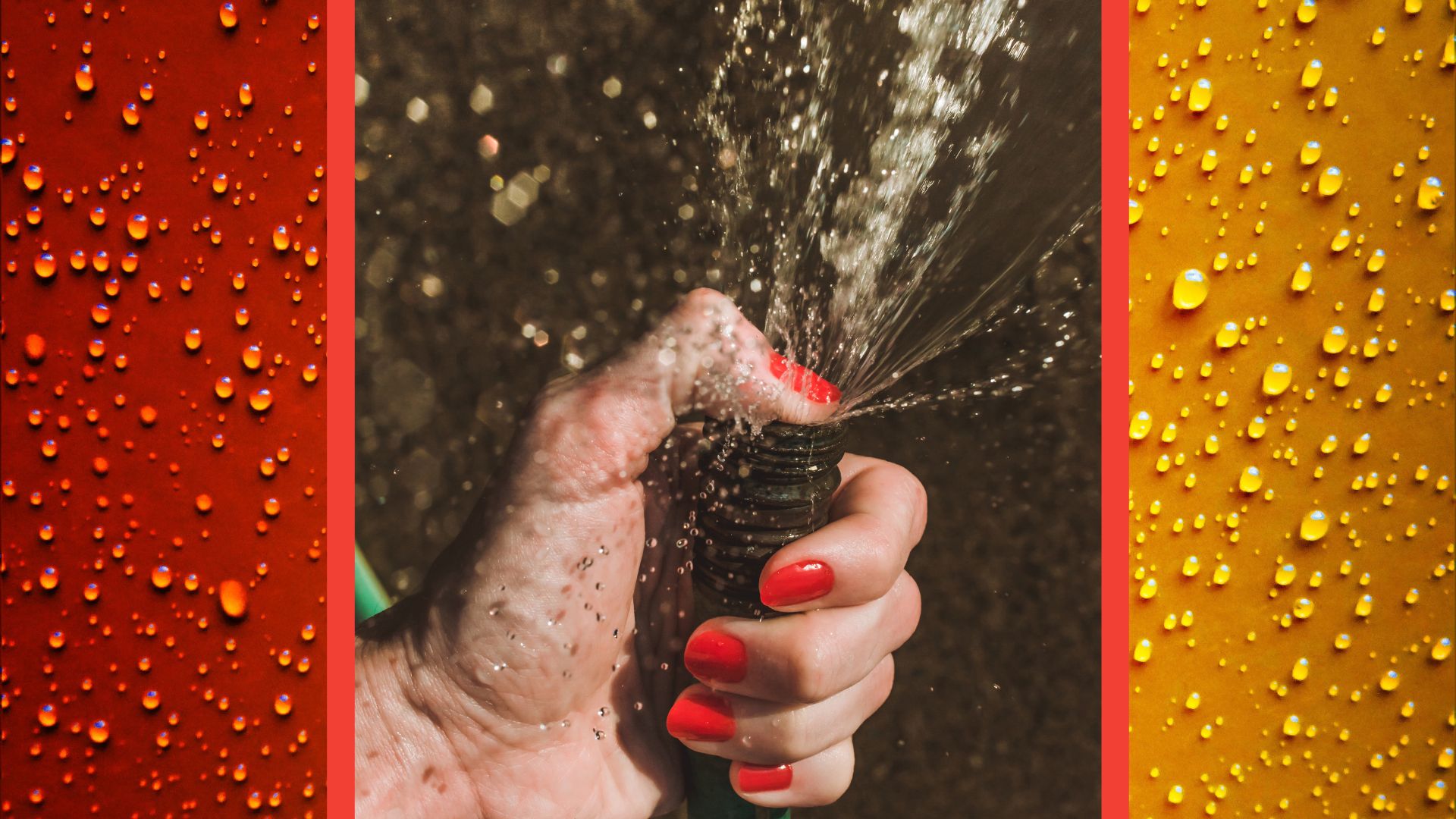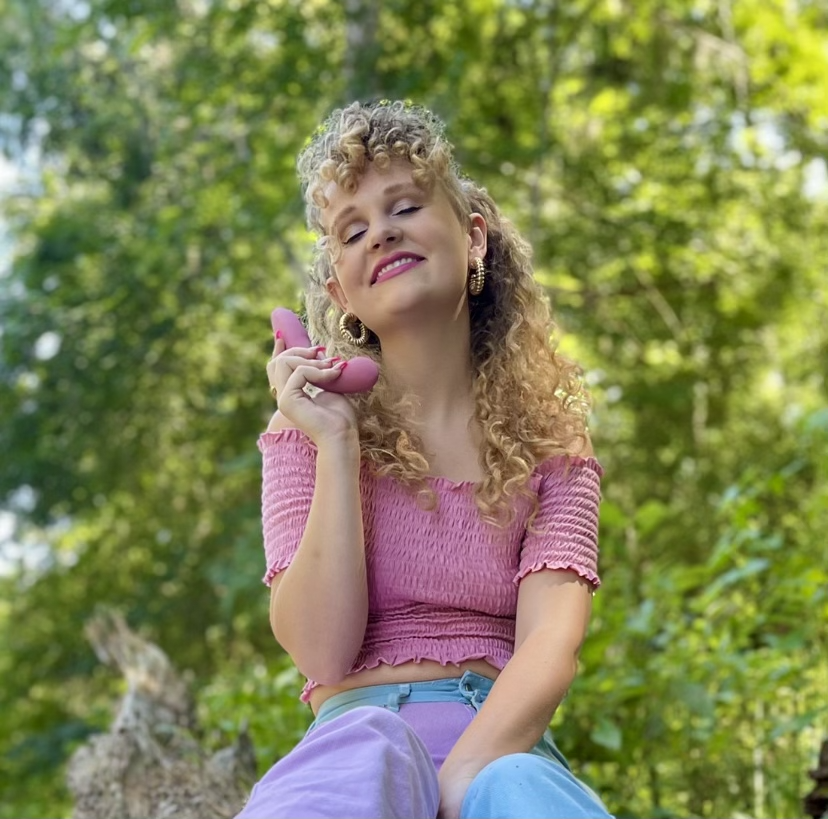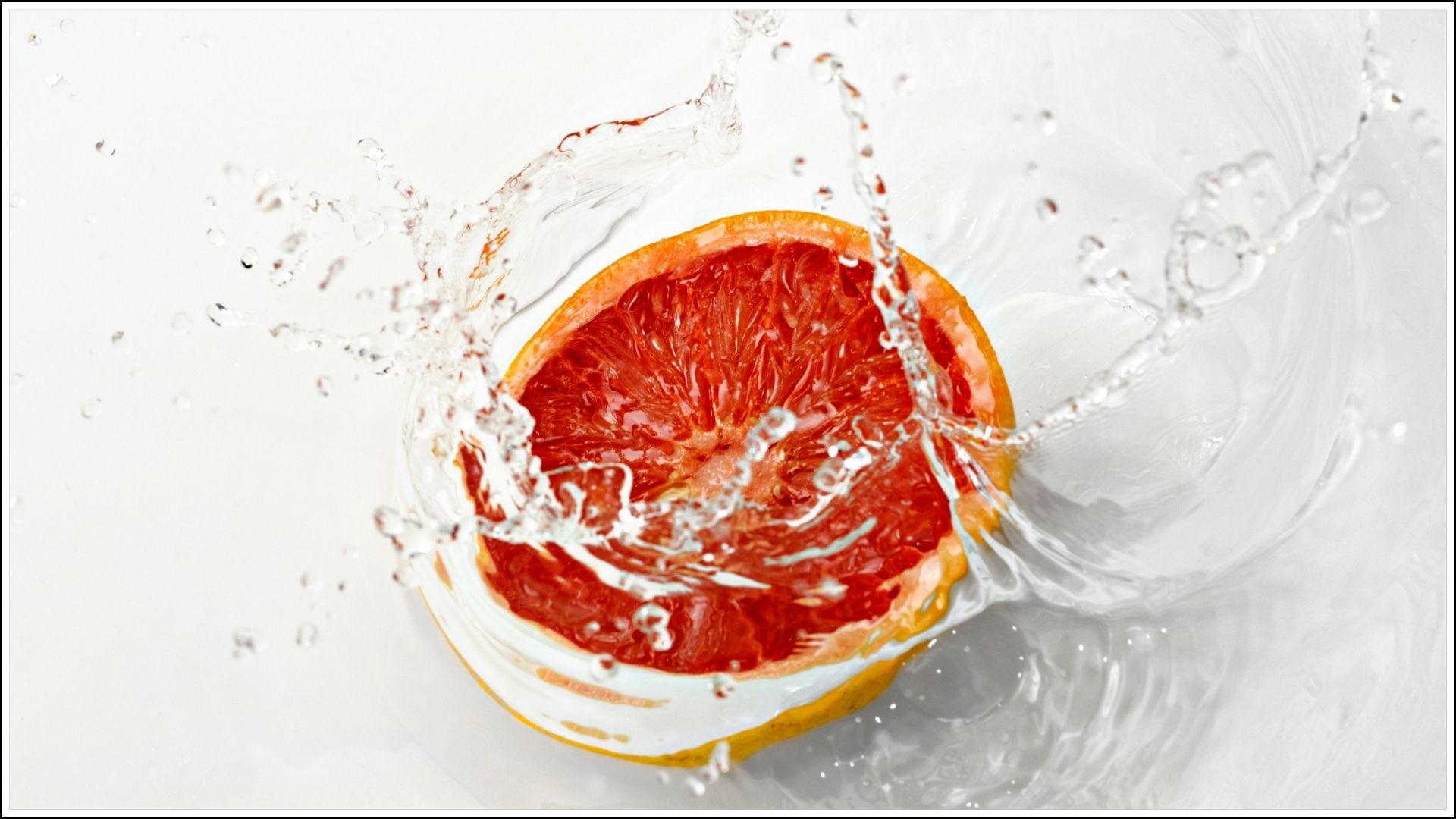Squirting 101: what it is and how to do it
There are many myths around female ejaculation—our squirting 101 guide is here to debunk them


Christina Izzo
There’s a lot of misinformation circulating about the elusive power of squirting: it’s rare, it’s just pee, it’s not sanitary—the list goes on and on.
In reality, squirting is a natural, powerfully pleasurable process that vulva-owners can experience during sexual stimulation. But what exactly is it and how can you try it for yourself? (Our picks for the best sex toys on the market make for great squirt aids, FYI!)
What is squirting? And how is it different from cumming?
First, let's get the verbiage out of the way: though often used interchangeably, squirting and female ejaculation are actually two different physical phenomena. Per a 2022 study in the Clinical Anatomy journal: "Women expel fluids of various quantities and compositions from the urethra during sexual arousal and orgasm. These are classified as either female ejaculation (FE) or squirting (SQ)."
The researchers concluded that "the mechanisms underlying SQ and FE are entirely different. SQ is a massive transurethral orgasmic expulsion from the urinary bladder, while FE is the secretion of a very small amount of fluid from the paraurethral glands." Not only that but "both phenomena can occur simultaneously," meaning squirting and cumming are not mutually exclusive.
In layman's terms, squirting is a pleasurable liquid emitted from the urethra during sex. Unlike the thick, milky, low-volume fluid found in female ejaculate, squirting is comprised of "a large volume of clear fluid, up to hundreds of ml," reads the study. The liquid is vaguely salty-sweet and has a light scent or is entirely odorless.
It can sometimes feel like a warm gush of water, a small flood or a bit like a sprinkler system. Squirting is messy, hot, and a lot of fun for everyone involved, and aside from the novelty, it’s also a deeply pleasurable act. The feeling is distinct from a clitoral orgasm: deeper, based more in your core, but with that familiar build-up and release of a standard clit orgasm.
Squirting isn't a guarantee when stimulating the G-spot or your paraurethral glands and not everyone can access squirting, but it is possible to create an environment most conducive to allowing things to, ahem, flow.
How to promote squirting during sex:
1. Stay hydrated
Staying hydrated is a great strategy for successful squirting. Some people may try to avoid drinking too much for fear they will wet the bed when trying to squirt. But squirt and pee, though they may elicit a similar feeling in the body, are not the exact same thing. Sexologist Dr. Beverly Whipple, who was a key researcher of both the G-spot and vulva ejaculation, found that not only did SQ fluid not smell like urine, it was chemically different from it, too. In fact, many people need to urinate even after squirting!
There’s no scientific evidence yet that proves the link between hydration and squirting, but dehydration can affect sexual responsiveness. In an interview on hydration and libido for Insider, Jessica Shepherd, M.D.—an assistant professor of clinical obstetrics and gynecology at The University of Illinois College of Medicine at Chicago—says: "Being sufficiently hydrated is important for female sexual response, in part because it may facilitate natural lubrication, and also because it can make it easier to experience orgasms."
To set yourself up for easier orgasms and more squirting potential, drink water (out of one of the best reusable water bottles, of course)!

2. Pay attention to your G-spot
Good G-spot stimulation can be key to squirting. In simple terms, you can access the G-spot—an erogenous area located a few centimeters inside the vagina and defined by a spongy or walnut-like texture that swells when stimulated—by stimulating the upper wall of the vagina.
According to a 2014 study by Italian sex therapist Dr. Emmanuele A Jannini and colleagues, the G-spot is actually not one given area, but rather represents a complex network of interactions between the clitoris, the urethra, and anterior vaginal wall, called the clitourethrovaginal (CUV) complex. This means the G-spot is more like layman’s terms for an incredible, active system of internal pleasure. Either way, you want to focus on this area by listening to your body and finding your unique pleasure point.
To access the G-spot, opt for a "come hither motion" using your pointer and middle fingers. Experiment with pressure as you move your fingers, pressing down to feel for swelling. Pro tip: try using a strong tapping motion on the G-spot rather than rubbing, as this will help you build up that good pressure.
As you press on the G-spot, you may feel like you have to urinate. This sensation might go away or even build as you touch the area. It’s normal, but if you feel pain or discomfort, you should stop.
As you hit the G-spot, stimulate the external clit, play with the vaginal opening, and use plenty of lube. Take your time, go slow, and allow your body to relax into pleasure— and don’t be afraid to use mixed or simultaneous stimulation. If your hand gets tired, use a curved dildo or similar types of vibrators to more easily access the G-spot, all the while building up pressure, experimenting with tempo, and exploring different sensations.
3. Use your abdominal muscles
Another important aspect of squirting is using your abdominal muscles. As you feel the pressure (again, this should be enjoyable pressure), tense your lower core and use your pelvic floor muscles to push out, rather than clench down.
Take breaks as you activate your core and pelvic floor muscles and find your body’s natural pattern. Tense your core, push with your pelvic floor, then release. If you feel like you are about to pee, just go with it and release—usually, that means you’re ready to squirt. But don’t push yourself too hard; this process should be fun and exploratory, not like you’re running a marathon or trying to beat the clock.
4. Don't get frustrated!
It’s really easy to get frustrated when trying to squirt. But remember, your body knows what it's doing and where its limits are. Trying to force your body into squirting defeats the purpose of sex, and there is no such thing as “failing” or “succeeding” at squirting. Just taking the time to get in touch with your body is a triumph. Take it slow, enjoy yourself and see what happens!
Sara Youngblood Gregory is a lesbian writer and poet. She covers sex, kink, disability, culture, and wellness. Sara serves on the board of the lesbian literary and arts journal, Sinister Wisdom. Her work has been featured in Vice, Teen Vogue, HuffPost, Bustle, DAME, Cosmo, Jezebel, and many others. You may also know Sara as sinister.spinster from Instagram, where they talk about kink and sex ed.
Sara’s debut nonfiction work, THE POLYAMORY WORKBOOK, about navigating ethical nonmonogamy, is forthcoming on November 8th, 2022.